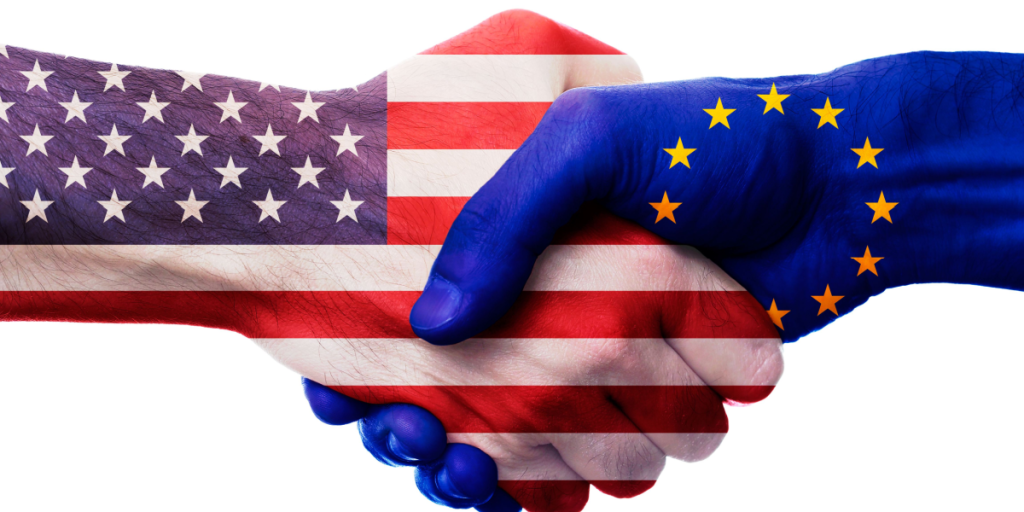There are still issues that needs to be resolved, but the framework appears to be done.
Others are reading now
There are still issues that needs to be resolved, but the framework appears to be done.
What is happening?
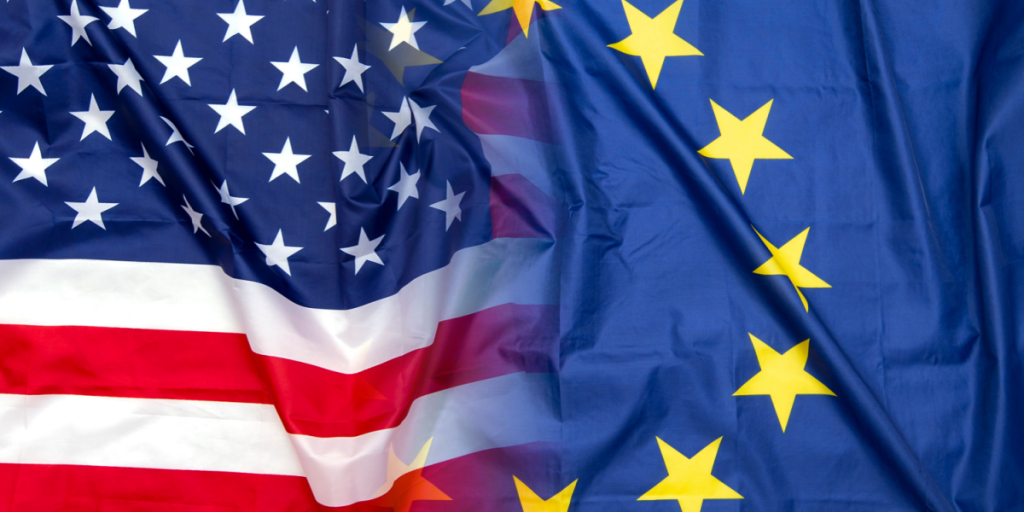
The United States and European Union have reached a high-stakes trade agreement, imposing a 15% tariff on most EU imports—half of what had been threatened.
A Scottish Summit Seals the Deal
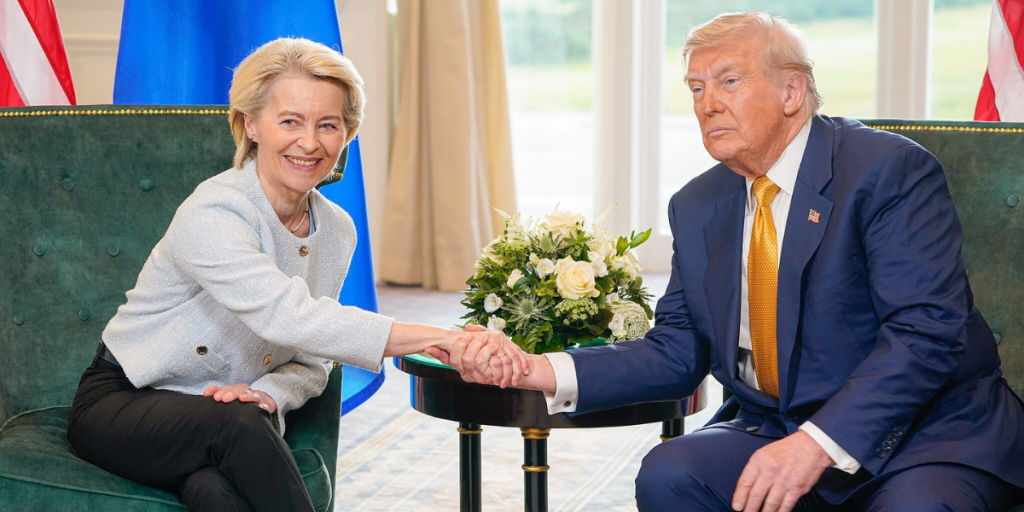
U.S. President Donald Trump and European Commission President Ursula von der Leyen announced the agreement at Trump’s Turnberry golf resort in Scotland, following an hour-long face-to-face meeting.
Trump Hails It as the “Biggest Deal Ever Made”
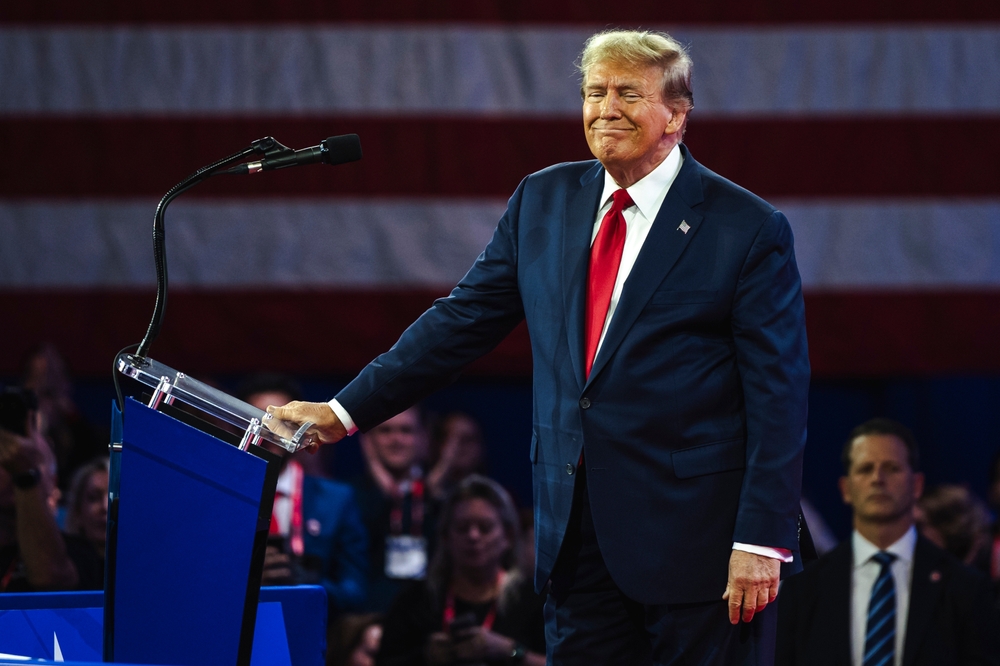
Trump celebrated the deal as a historic achievement, highlighting EU pledges to invest roughly $600 billion in the U.S. and significantly ramp up purchases of American energy and defense equipment.
He emphasized the deal’s scale, saying it surpassed a $550 billion agreement signed with Japan just the week before.
Also read
Von der Leyen: “Tough Negotiations, Big Results”

Describing Trump as a “tough negotiator,” von der Leyen said the 15% tariff was the best possible outcome under the circumstances.
She called the agreement a landmark moment for global trade that promises stability and predictability between the two largest economies in the world.
Big Wins for U.S. Exports—With Conditions
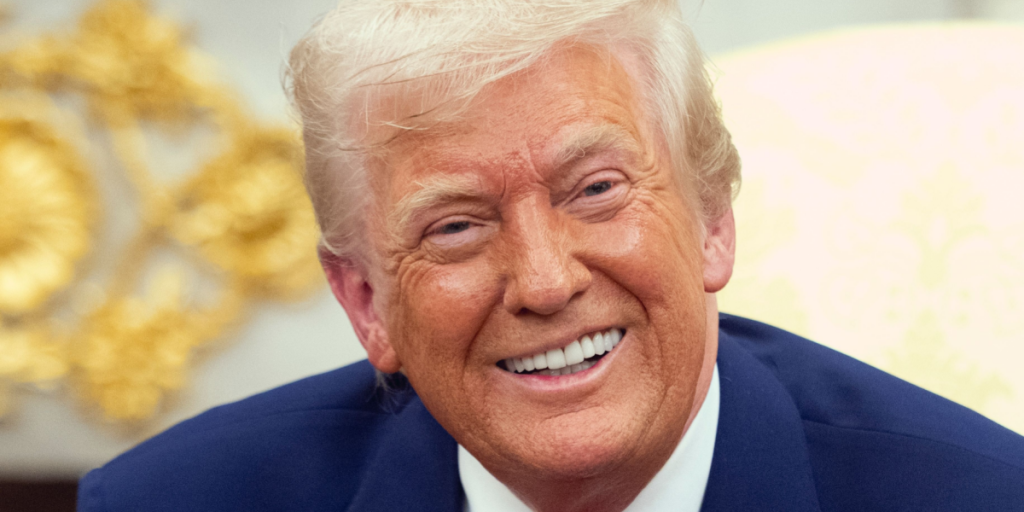
The deal includes EU commitments to purchase $750 billion worth of U.S. energy and “hundreds of billions” in American-made arms.
These promises could benefit major European firms like Airbus, Mercedes-Benz, and Novo Nordisk—if the specifics hold up.
However, many crucial issues, including alcohol tariffs, remain unresolved.
Also read
Relief in Germany, Especially for Auto Sector

German leaders, including Chancellor Friedrich Merz, welcomed the agreement, which spares Germany’s auto industry from harsher penalties.
U.S. tariffs on European car imports had reached 27.5%, hitting major manufacturers like VW, BMW, and Mercedes hard. The new pact eases, but doesn’t eliminate, that pressure.
Tariff Still Too High for Some in Europe
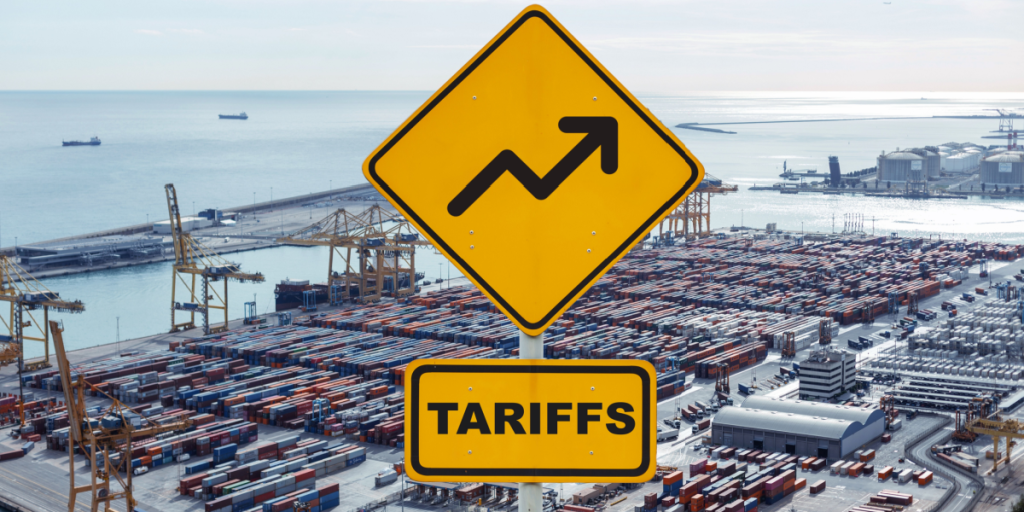
Despite the relief, many European officials view the 15% tariff as excessive.
Hopes for a zero-for-zero tariff arrangement were dashed, and concerns persist that EU investments into the U.S. will come at the expense of domestic industries.
Exemptions and Ongoing Negotiations
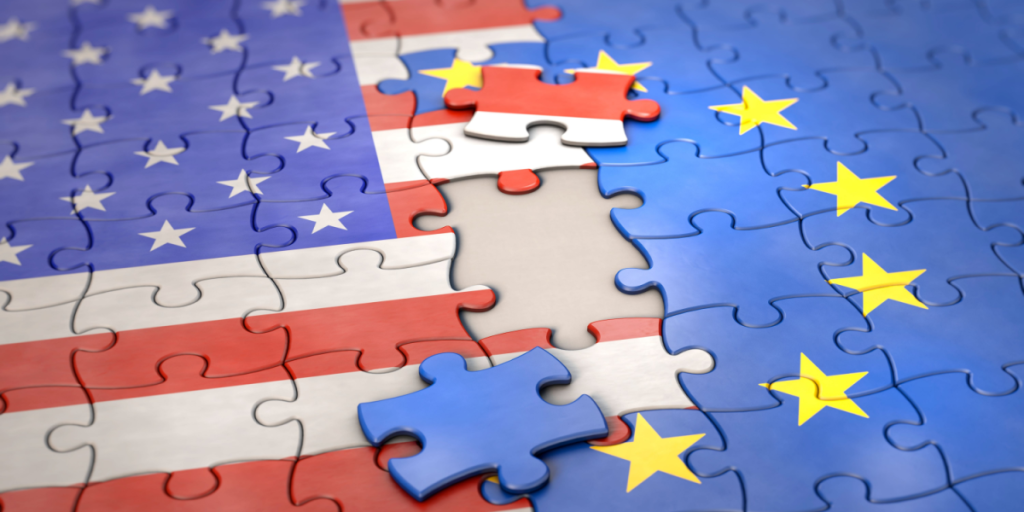
Some sectors will avoid new tariffs altogether, including aircraft, semiconductor tools, certain chemicals, and generic drugs.
Also read
The U.S. will retain its 50% tariff on steel and aluminum, though a quota system is under consideration.
Both sides agreed to continue talks, especially on unresolved areas like spirits.
A Political Win for Trump—But Still a Framework
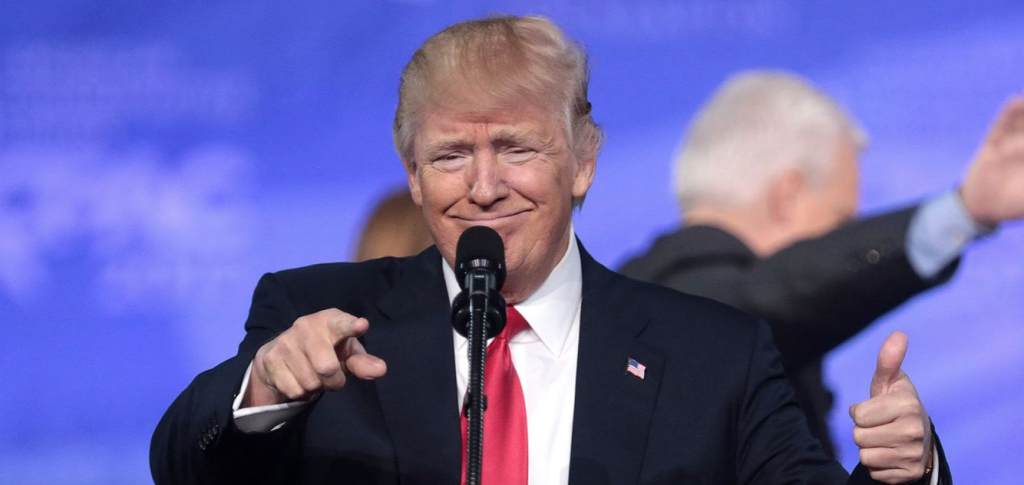
Analysts say the agreement is more of a political framework than a detailed trade treaty, raising risks of future disputes. Similar to the U.S.-Japan accord, many specifics remain vague.
Trump, however, is expected to market the deal as a key victory as part of his broader effort to reshape global trade.
Trade Friction Lingers Beneath the Surface
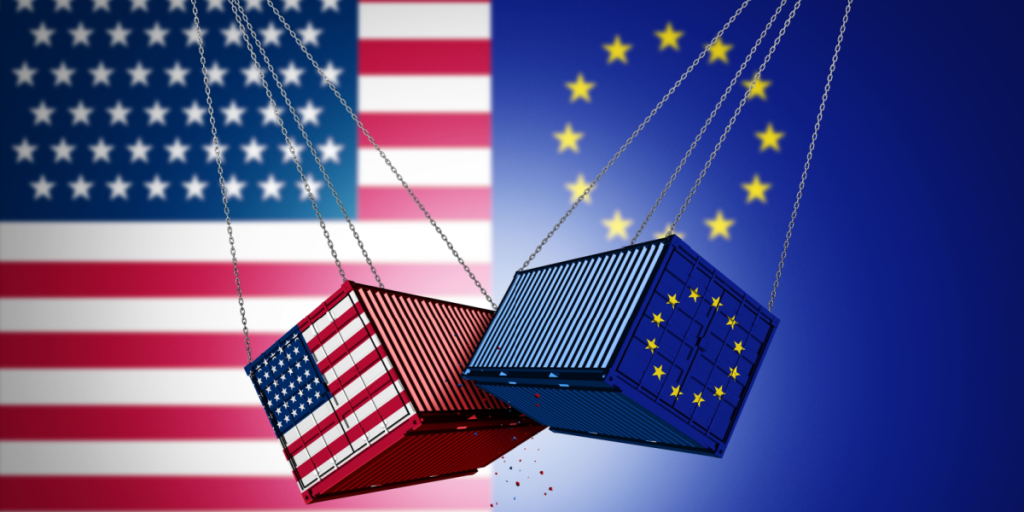
Despite the headline agreement, Trump’s long-standing grievances with the EU haven’t vanished.
Also read
He’s accused the bloc of exploiting the U.S., citing a $235 billion trade deficit. EU officials counter with America’s surplus in services.

